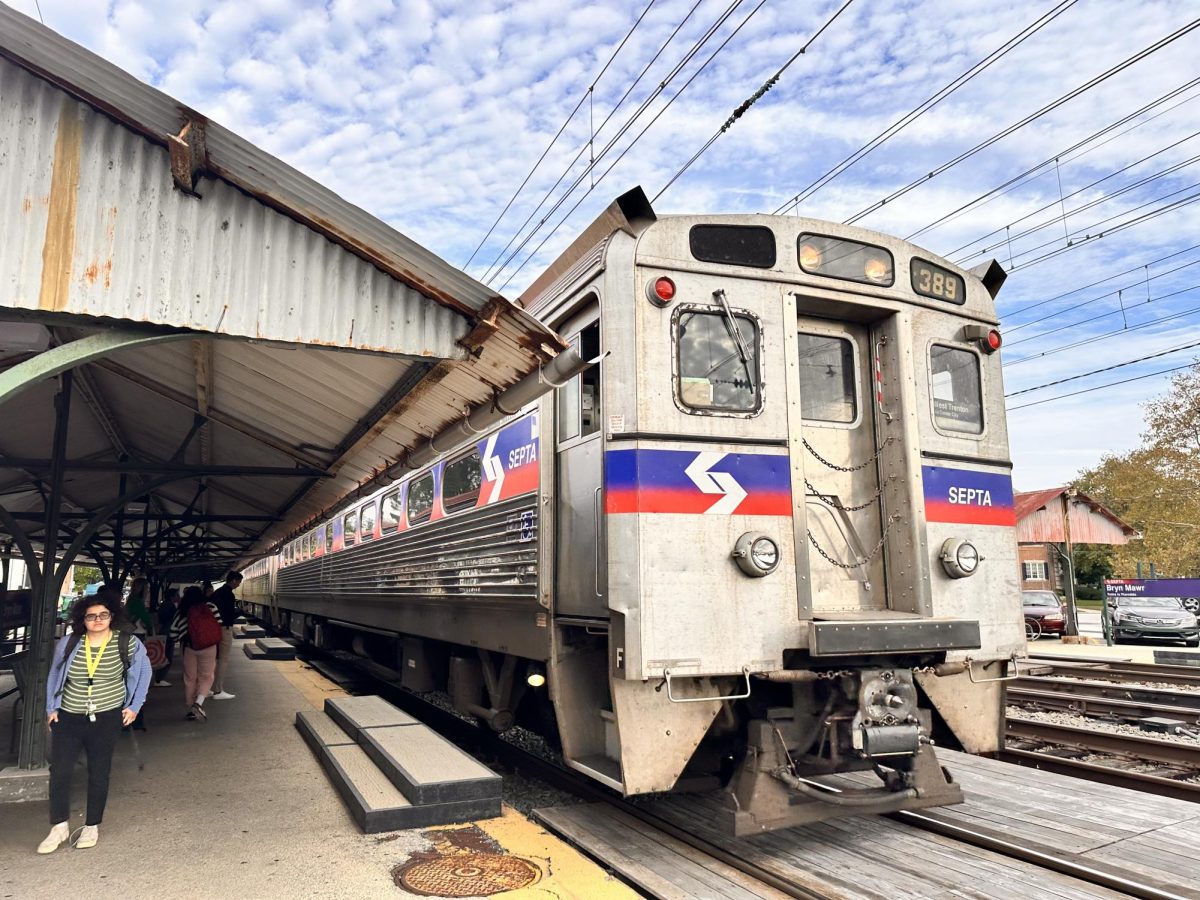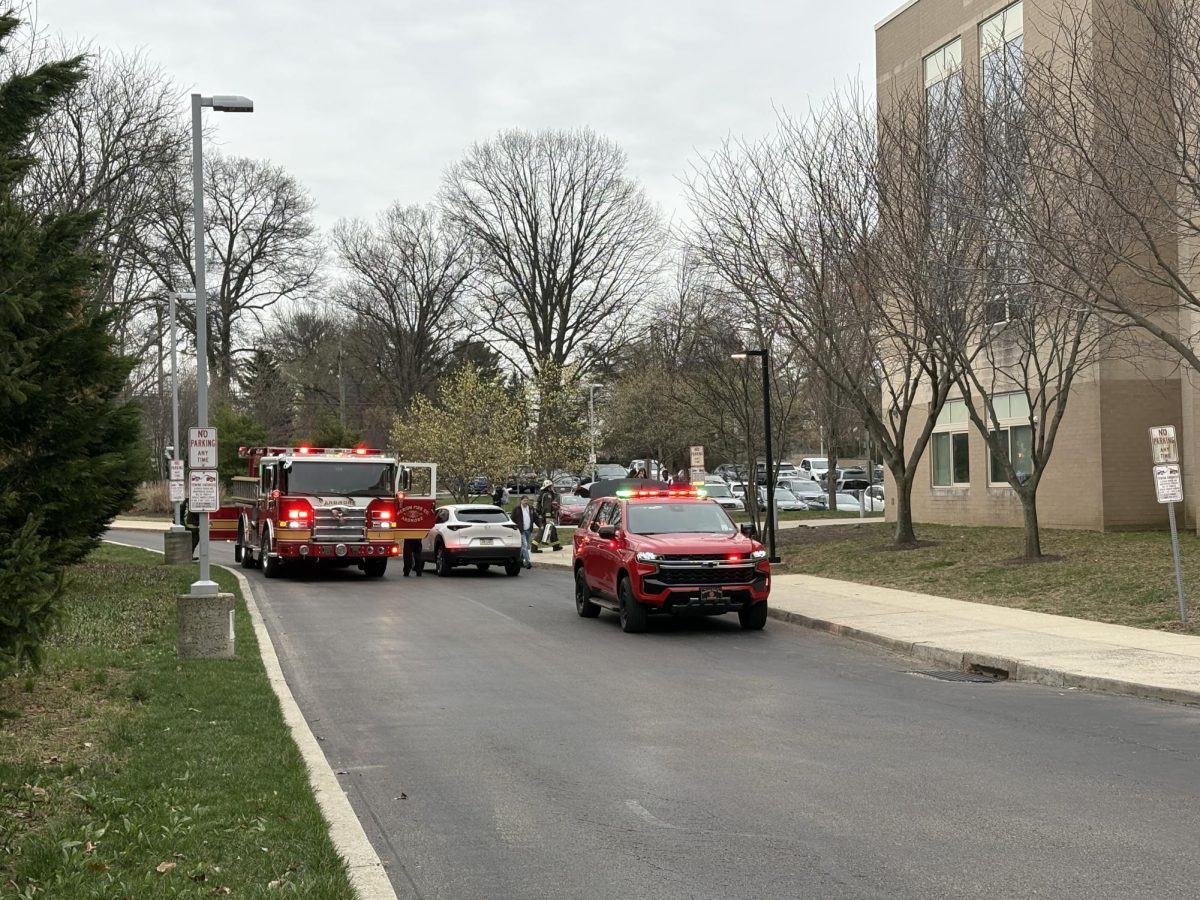Half days are now gone from the LMSD 2025-2026 calendar, marking major changes for students and teachers this upcoming school year. For as long as many students and teachers can remember, half days have been a staple of the district’s calendar, from Halloween, to teacher in-service days, to midterms and finals.
For the 2025-26 school year, LMSD is facing budget shortfalls totaling five million dollars. Around 700,000 dollars of transportation costs were cut, and busing on half days took up around 40 percent of that money. School board finance committee heads, Dr. Todd Ridky and Kimberly Garrison, have declared this cut as fiscally necessary, but the effects of these changes have not been detailed by the district.
With this elimination comes the question of how days off will be readjusted. A comparison of the 2024-25 and 2025-26 school year calendars reveals that certain days that were prominent early dismissals in previous years are now full days off for students instead. This includes Halloween, the Wednesday before Thanksgiving, and the Thursday before President’s Day. At the same time, other planned half days have been converted into full school days instead, including the Friday before MLK weekend and the last day of school. In May 2026, although there isn’t a half day before Memorial Day Weekend, there is a day off for professional development. According to Principal Dr. Michael Johnson, there are advantages to this change: “Generally, the elimination of half days lends itself to more instructional time for students and staff.” Dr. Ridky also affirmed that “the instructional time in a full day is actually more than two half days… Total instructional time for the year was not lost.”
With the time on half days being reallocated, LMSD teachers are affected by this change. Explaining how her schedule looks on half days, Kristen Crooks, a Latin and English teacher at LM, said that afternoons on half days were dedicated to professional development. When asked how the changes will affect her schedule, Mrs. Crooks revealed, “On full days off for the students, we have more time scheduled for us by the district to be doing things professionally, or we just have a whole teaching day.” In past years, teachers have also experienced challenges managing the short class times that accompany half days. Spanish teacher Kiana Rivera claimed, “The schedule was a bit difficult because it was rotating. So, if I see my one class for twenty minutes, we’re barely getting anything done, compared to a full 45 to fifty minutes for my other classes… I think it’ll be better that we don’t have to deal with all of that inconvenience.”
Many students shared similar sentiments, reacting positively to the news of the eliminations of these days. “During half days, we never got much content out of them,” said Peilin Chen ’27. “It was always thirty-minute classes where the teachers didn’t really assign any meaningful work. I feel that with this change we will be able to take advantage of being able to relax on the days off and getting more work in during the full school days.” With a similar opinion, Abby McGrew ’27 shared, “I did enjoy the half days because the classes were basically fake, but I think that’s a reason they shouldn’t be there anyway because it’s wasting everyone’s time, and many people take the day off anyway. Everyone knows that you can kind of skip them.” Julia Carreon-Sanchez ’27 also stated, “Half days aren’t really real. Nobody does anything.”
Other students shared mixed opinions. Adam Richards ’27 expressed concerns about the elementary schools’ elimination of half days. He remarked, “On one hand, you have to have the buses going for all three levels of school… and then three hours later, back. So, it’s an immense strain on bus drivers and resources. However, in previous years, after-school programs would still run on half days. Now that we have a full day of absence, I don’t know what parents will do.” Though there are academic advantages to eliminating half days, some students felt that the biggest loss was social. Seiji Sako ’26 said, “Half days were great because after a few hours of school, I would play football with my friends. I’m going to miss that.” Keegan Daley ’27 said, “Although it’s nice that we get more full days off, getting to spend time with friends after a long morning was always a nice way to relax, especially during midterms and finals.”
Traditionally, midterms and finals were scheduled over the course of four half days with two testing periods each day, followed by time for students to rest or study at home while teachers had half the day to grade the exams. There are natural worries that rise to attention with the restructuring of these exams. Ms. Crooks noted, “I have [some] concerns about mid-years and finals—if students are in the building all day, how do we make sure that we’re not all just trapped here? These days can be very stressful and hard on all of us.” McGrew said, “I think the only time I’m going to be affected is during midterms and finals. I don’t really know how the schedule’s going to work for that. Being able to get in late or go home early, having extra time, and being able to think about my studying ahead of time is extremely important. Having to be there the whole day and then going home and having barely any time is not ideal.” The exact plans remain unclear, and eleventh-grade assistant principal Dr. Lauren Hopkins added, “We will share that information when it is finalized.”
Overall, the elimination of half days marks a significant change for both students and educators. Questions about midterms, finals, and the broader school calendar continue to persist, as the district continues to finalize plans. While LMSD moves forward without half days, only time will tell us the true effects of this change.







